8 Days 7 Nights
Daily Tour
Unlimited
Hindi
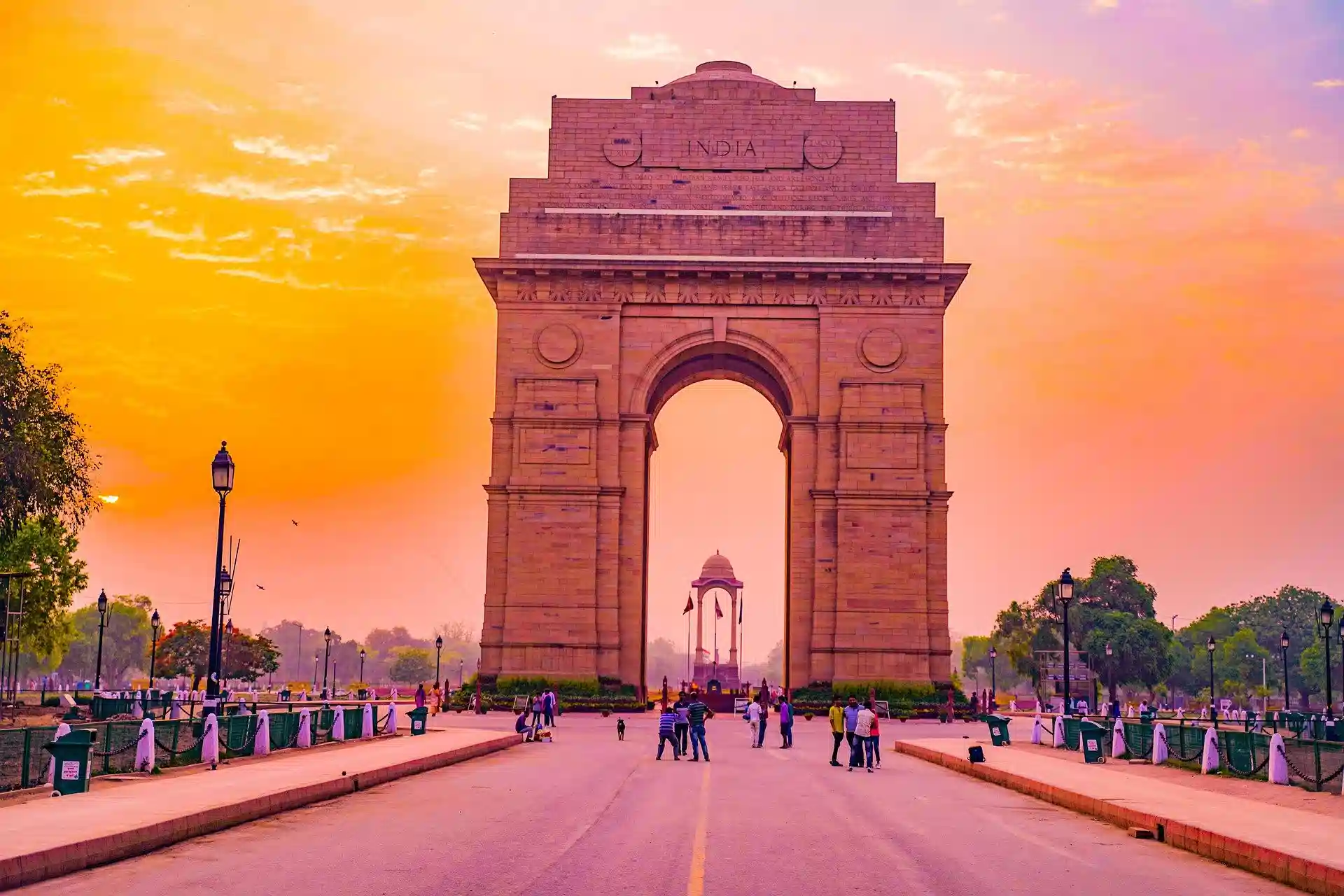
Arrive in Delhi and meet our representative at the airport. Then, check in at the hotel. Delhi is the capital of India and a major gateway to the country. It's modern and a bustling metropolis that manages to blend the old and the new. There are many reasons why successive dynasties chose it as the place where they ran the country. New Delhi is also a reflection of the legacy left by the British. A few hours in Delhi.
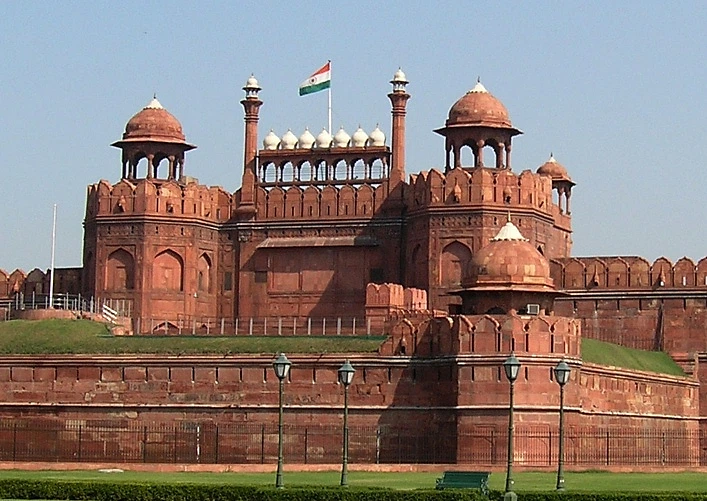
When you have breakfast, go on a full-day tour of both Old and New Delhi after that. This fascinating city has been around since the 6th century BC, and it has seen a lot of changes over the years, from the rule of the Pandavas to the British Raj. It was built by Emperor Shah Jahan. Shah Jahan's Jama Masjid is the largest mosque in India and was built by Shah Jahan. The courtyard of the mosque can hold about 25,000 people who want to go to pray. Chandni Chowk is the busiest and most interesting market in Old Delhi. You can take a rickshaw ride there. It is noisy, chaotic, and very Indian. You will then drive by the Red Fort, which was built during the reign of Emperor Shah Jahan and served as the home of the Mughal royal family. Every Independence Day, the Prime Minister gives a speech from its walls as the Indian flag is raised. In the future, drive by President House and other government buildings in Edwin Lutyen's Delhi. Then, go to Rajghat, the Gandhi memorial. This simple monument marks the spot where Mahatma Gandhi was burned to death in 1948, when he was a young man. After that, go to Humayun's Tomb, which was built by Humayun's wife, Hamida Banu Begum, in 1562. It was the first garden tomb built in the Indian subcontinent by a Persian architect who used red sandstone on a large scale, which made it unique. At night, go to the Qutab Minar, which is the tallest brick minaret in the world. It was built by Qutbuddin Aibak, the first Muslim ruler of Delhi. A few hours in Delhi.
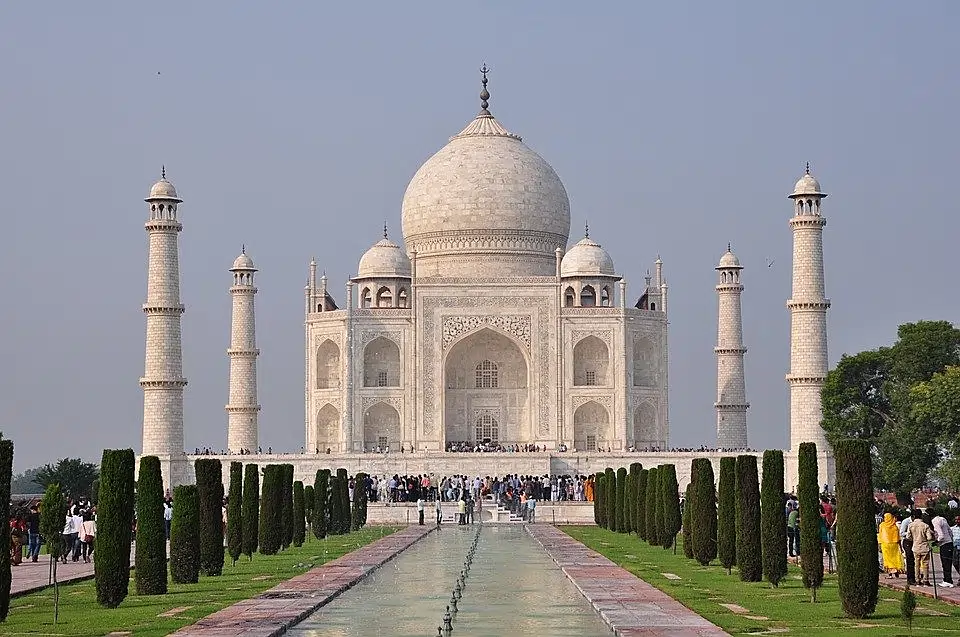
When you arrive in Agra, check into your hotel. Later, we'll go on a half-day tour of the city of Agra. Visit the Red Fort, which was built in 1565 by the Mughal Emperor, Akbar, to show off his power. The structure is both beautiful and eerie. It is a good example of Mughal architecture. When you're done, go to the Taj Mahal, a mausoleum built by Emperor Shah Jahan to show his love for his queen, Mumtaz Mahal. Thousands of people worked for more than two decades to build it, making it one of the most impressive buildings in the world. Overnight in Agra, please.
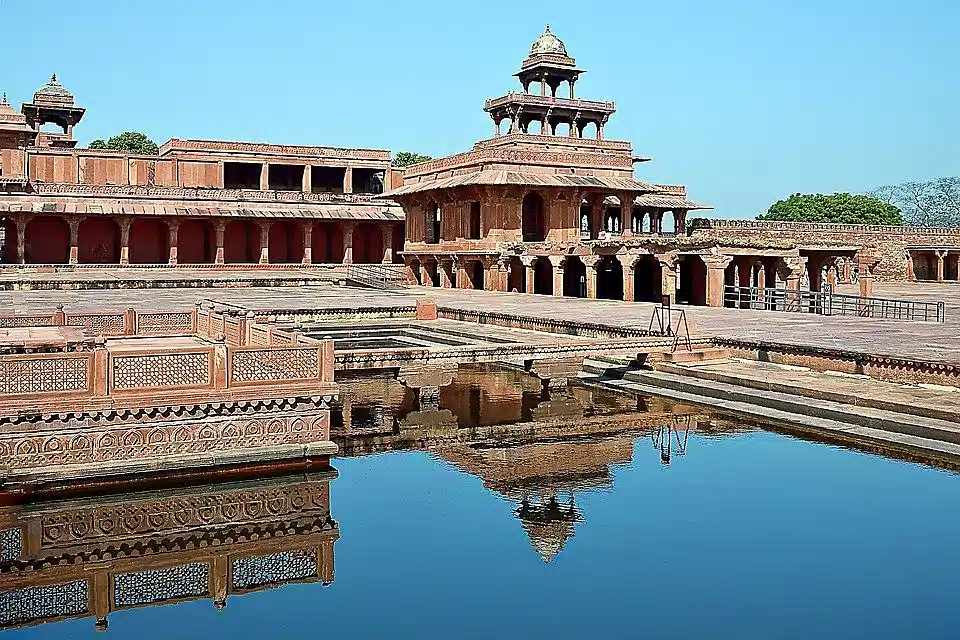
Then drive to the city of Fatehpur Sikri, which was built by Emperor Akbar and is home to a lot of historical buildings, after breakfast. Akbar wanted to make Fatehpur Sikri his home, but he had to give it up because there wasn't enough water. The Tomb of Sheikh Salim Chishti is where the body of a Sufi saint is kept. He lived a religious life here. You can visit Fatehpur Sikri, which is a UNESCO World Heritage Site. Later, drive to Sawai Madhopur (Ranthambore) (Ranthambore). This is where the famous Indian tigers can be seen the best. Ranthambore National Park, which was once owned by a royal family, is now an important wildlife reserve. Arrive at Ranthambore and check in to your hotel, then go to the park. During the night in Ranthambore, we went to the park.
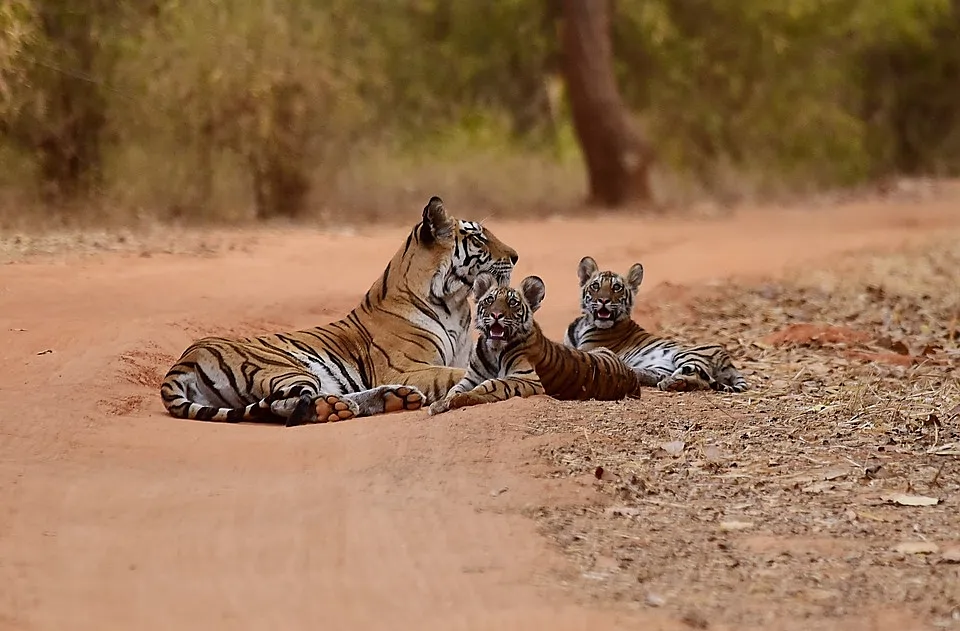
Today, we'll go on two game drives in the Ranthambore National Park. We'll go in the morning and at night. Ranthambore Tiger Reserve, located on the border of Aravali and Vindhyas, is a place where you can see tigers.It covers a wide range of landscapes that change and move. The scenery changes dramatically from the gentle and steep slopes of the Vindhyas to the sharp and cone-shaped hills of the Aravali, which are in the north of the country. At Ranthambore, there isn't just one thing to see and do: tigers. Owls, the common langur (monkey), leopard, caracal, hyena, jackal, jungle cat, marsh crocodiles, wild boar, bears, and different kinds of deer are some of the other things to see. During the night in Ranthambore, we went to the park.
After breakfast, drive to the city of Jaipur, which is the gateway to the beautiful and lively state of Rajasthan. Arrive in Jaipur and check-in to your hotel. Over the night in Jaipur
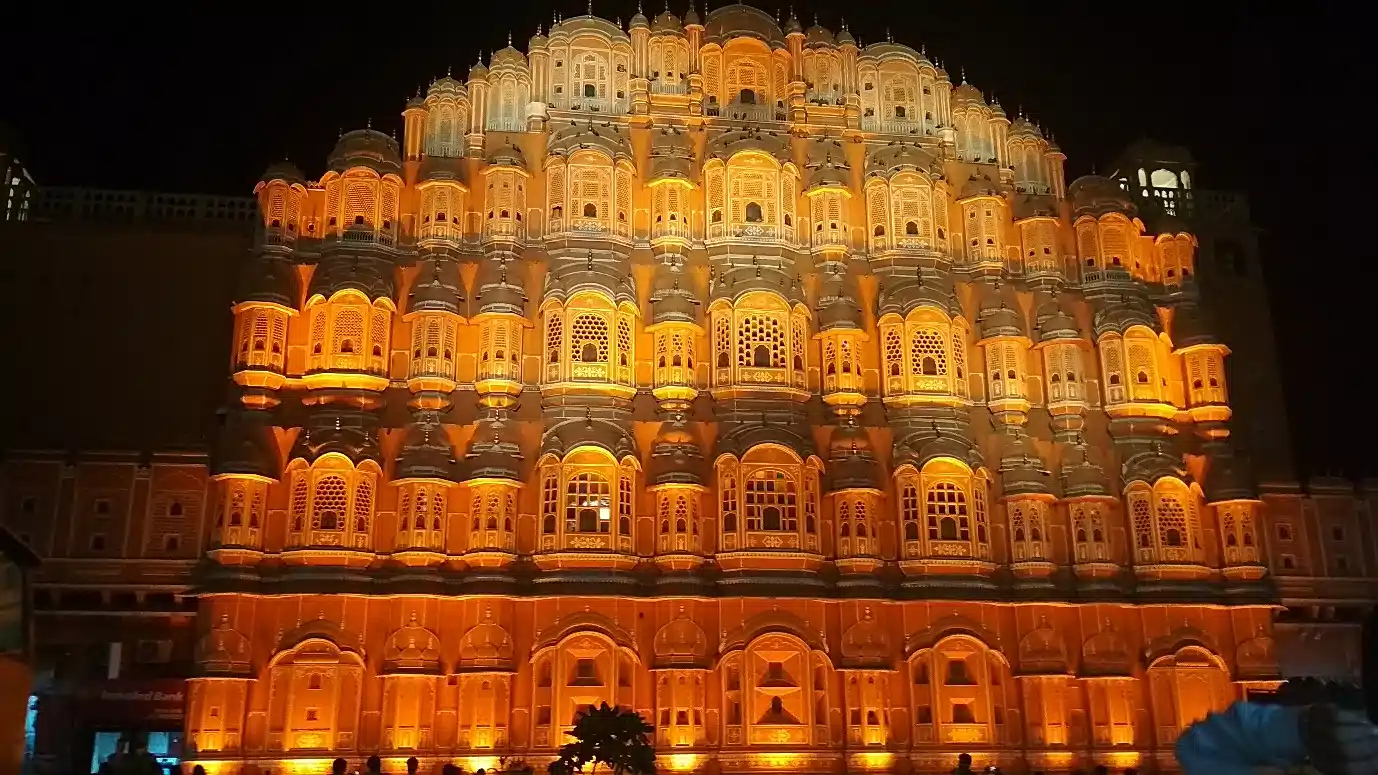
Take a full-day tour of Jaipur, also known as the "Pink City." Forts, palaces, and lakes make up the state of Rajasthan. The city of Jaipur is the capital of Rajasthan. To be clear, Jaipur is named after the warrior king who built the city, Sawai Jai Singh II. The Amber Fort is a place to go, and you should go. The best way to see the fort is to ride an elephant up to it. Among the most important buildings inside the fort are the Diwan-i-Aam, which has latticed galleries; the Ganesh Pol, which has a beautiful painting of Lord Ganesh; and the Sheesh Mahal, which has thousands of tiny mirrors. This beautiful Hawa Mahal, also known as the "Palace of the Winds," will be your next stop. Because of the beautiful carvings on the latticework, the ladies of the palace could look outside without being seen. We are going to the City Palace, which is a mix of Rajasthani and Mughal styles. Rare and old manuscripts, arms from the 15th century, and costumes from the past are on display in the museums here. Later, go to the Jantar Mantar Observatory, which has devices for measuring time and tracking stars in their orbits. Over the night in Jaipur
After breakfast, you'll be taken to Delhi, where you'll be met with help at the airport so you can fly home.
Ranthambore is 200 km away from Jaipur, and it will take 3.5 to 4 hours to get there.
From October to March, the best time to visit Ranthambore is when the weather is nice. To find tigers in the Ranthambore Tiger Reserve during these months, look for them in the dark. The park is closed when it rains.